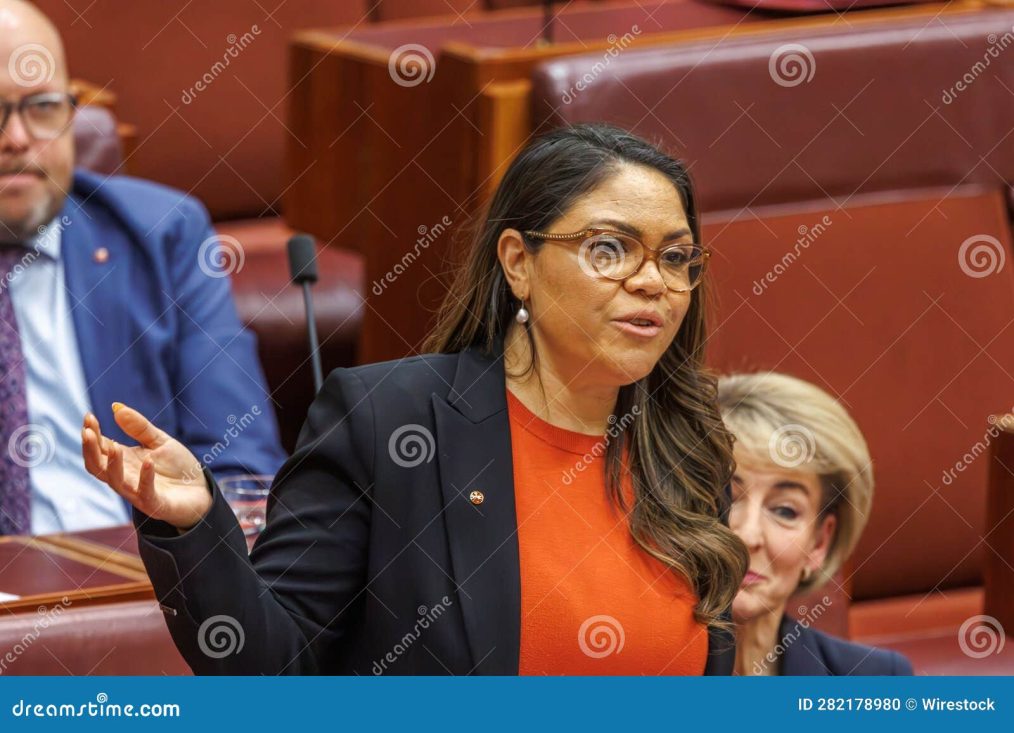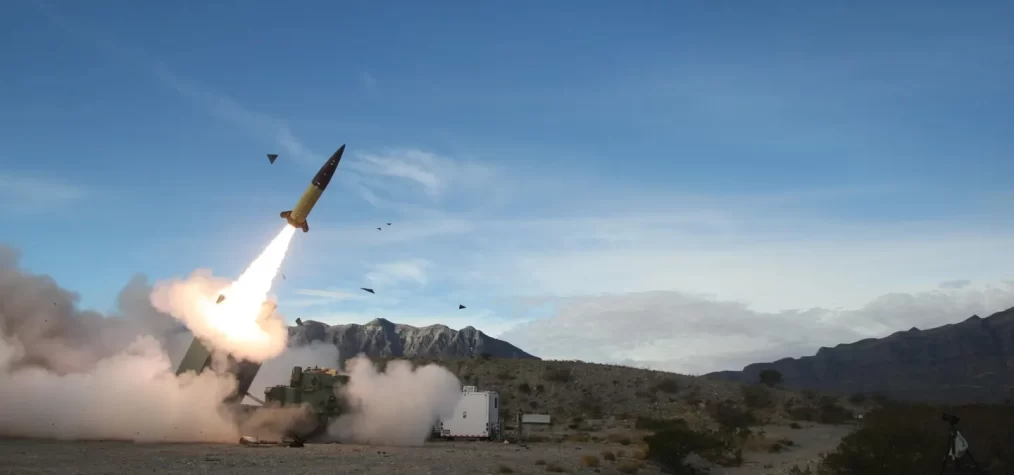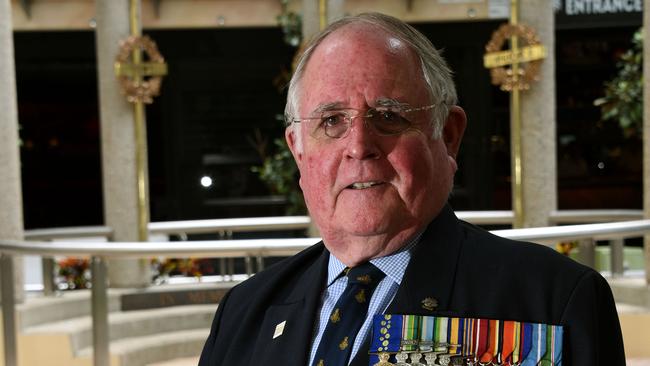The newly released Defence and Veteran Family Wellbeing Strategy 2025-2030 highlights the pivotal role families play in supporting current serving Australian Defence Force members and veterans.
The Strategy and related First Action Plan provide the guiding principles for how support will be delivered to Defence and veteran families over the next 5 years and include actions that assist in responding to the recommendations of the Royal Commission into Defence and Veteran Suicide.
The Strategy recognises the impacts of military service and related life events on families during and after service; outlines how families will be supported; and confirms a continued commitment to understanding the needs of Defence and veteran families and improving engagement and ongoing support.
Three priorities will drive progress under the Strategy and First Action Plan:
- Informed and Engaged—Families can find the information they need when they need it, so they can access available supports and make informed decisions. Defence and DVA actively engage with families to ensure their perspectives are considered.
- Supported and Secure—Any impacts of service and related life events are managed, through appropriate and flexible, fit-for-purpose policies, support, and communication.
- Recognised and Understood— The impacts of military life on Defence and veteran families are recognised with a continued commitment to understand the needs of families, improve policies, and ensure approaches are informed by research and evaluation.
The Department of Defence and the Department of Veterans’ Affairs worked closely together to develop the Strategy and First Action Plan.
This coordinated approach ensures that the impacts of service and related life events on families are managed, both during and after service, with appropriate fit-for-purpose policies, programs and support – now and in the future.
The Strategy and First Action Plan are a culmination of the experiences of Defence and veteran families. Defence and DVA gratefully acknowledge the people from the Defence, veteran and family communities and organisations who contributed to the development of the Strategy and First Action Plan, whether that was through participation in surveys, forums or direct feedback on drafts of the Strategy. In particular, the contributions of the Veteran Families’ Policy Forum participants, the Veteran Family Advocate Commissioner and Defence Families of Australia were invaluable in the development of the strategy and should be commended for their tireless dedication to bringing the voices of Defence and veteran families to the discussion.
Download the Defence and Veteran Family Wellbeing Strategy 2025-2030.










